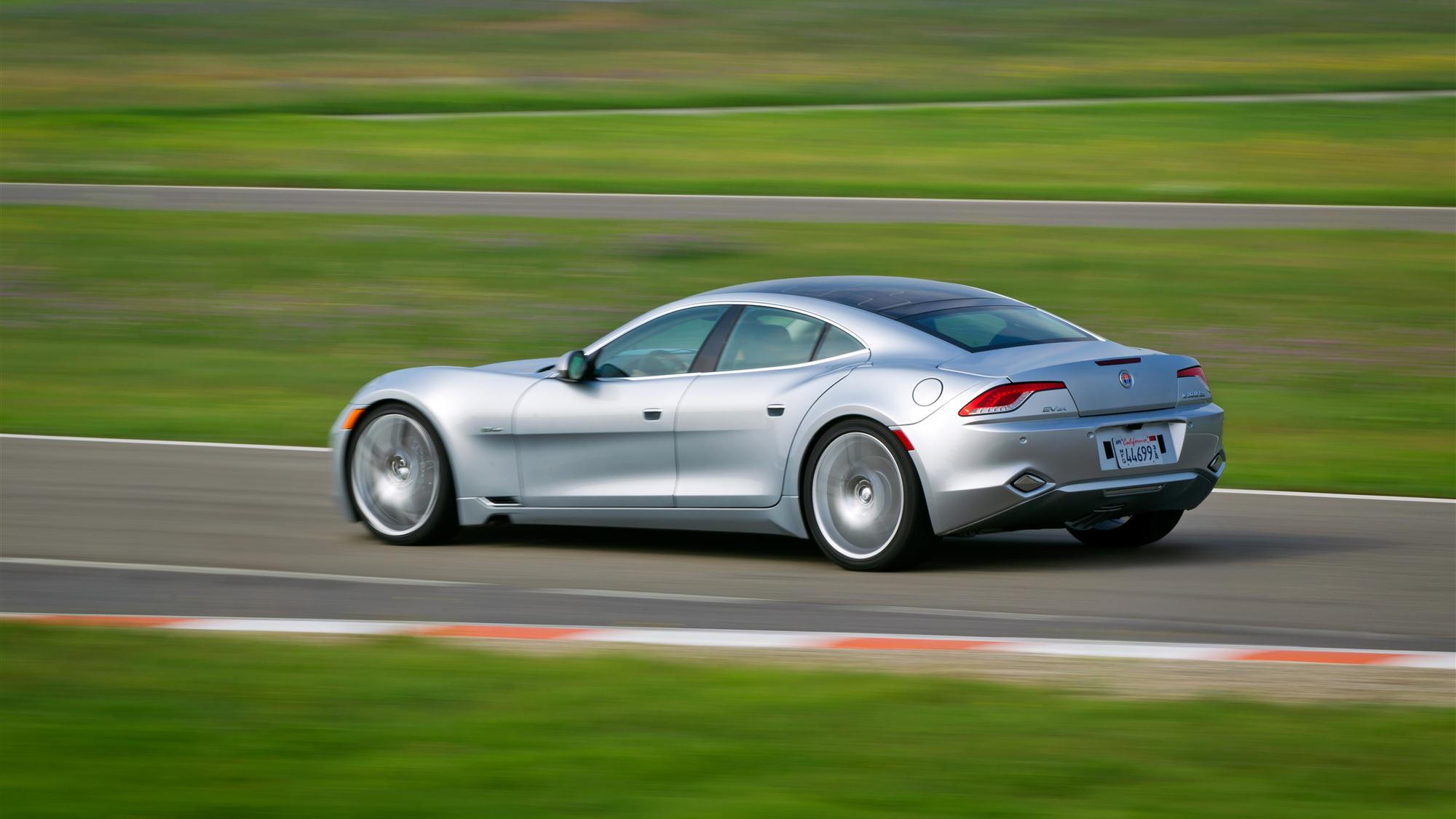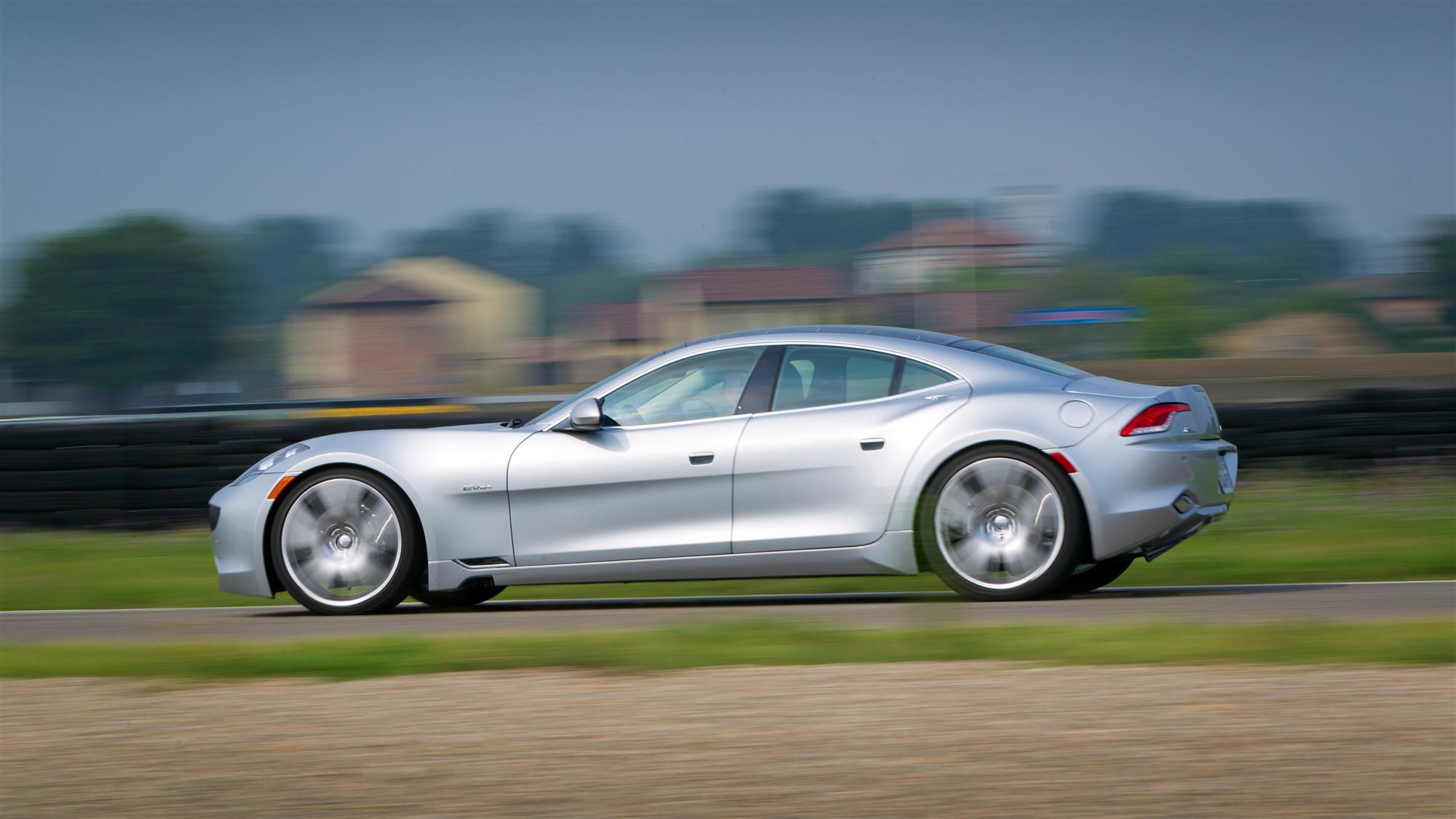Picture this: you fly somewhere on business, get delayed and wind up at the airport rental car counter in the middle of the night. All the midsize cars are taken, and the agent behind the desk says (apologetically) that he only has subcompact cars left.
Muttering to yourself, you curse your luck and say, “just give me what you’ve got.” Without looking up, the agent says, “Certainly, sir. Would you prefer a 2012 Fisker Karma, a 2012 Aston Martin Rapide, a 2012 Bentley Continental Supersports Convertible or a 2012 Chevrolet Sonic?”
This scenario may be science fiction, but only partially. While rental car companies (at least the ones we use) don’t provide Fiskers, Aston Martins or Bentleys, the U.S. Environmental Protection Agency does indeed lump all of the cars referenced into the “subcompact” class.
Size, at least according to the EPA, isn’t determined by exterior dimensions, and fuel economy has nothing to do with its rating system. Instead, a “subcompact” car is simply defined as having 85 to 100 cubic feet of combined passenger and cargo volume.
As Auto Observer and Green Car Reports point out, that puts the $96,000 Fisker Karma, with its series hybrid drivetrain and movie star good looks, in the same EPA category as the Audi TT, the Chevy Sonic and the Ford Fiesta.
Only the “minicompact” class (which includes the Fiat 500 and the Aston Martin DBS) is smaller, and it includes all cars with less than 85 cubic feet of passenger and cargo volume.
We don’t suppose this will hurt sales of the Fisker Karma, at least not as much as its recent EPA fuel economy rating of 52 mpg equivalent and 20 mpg running on generator alone.
Still, knowing that the government lumps the Chevy Sonic in the same category as the Aston Martin Rapide is enough to make you wonder if some significant changes to the EPA’s rating systems aren’t called for.





